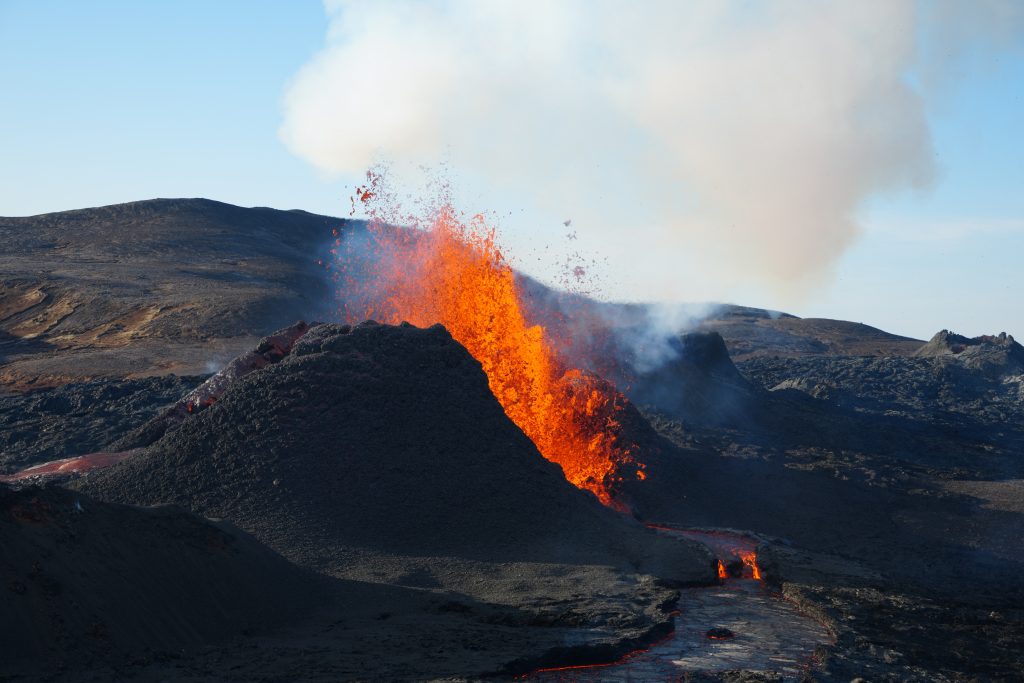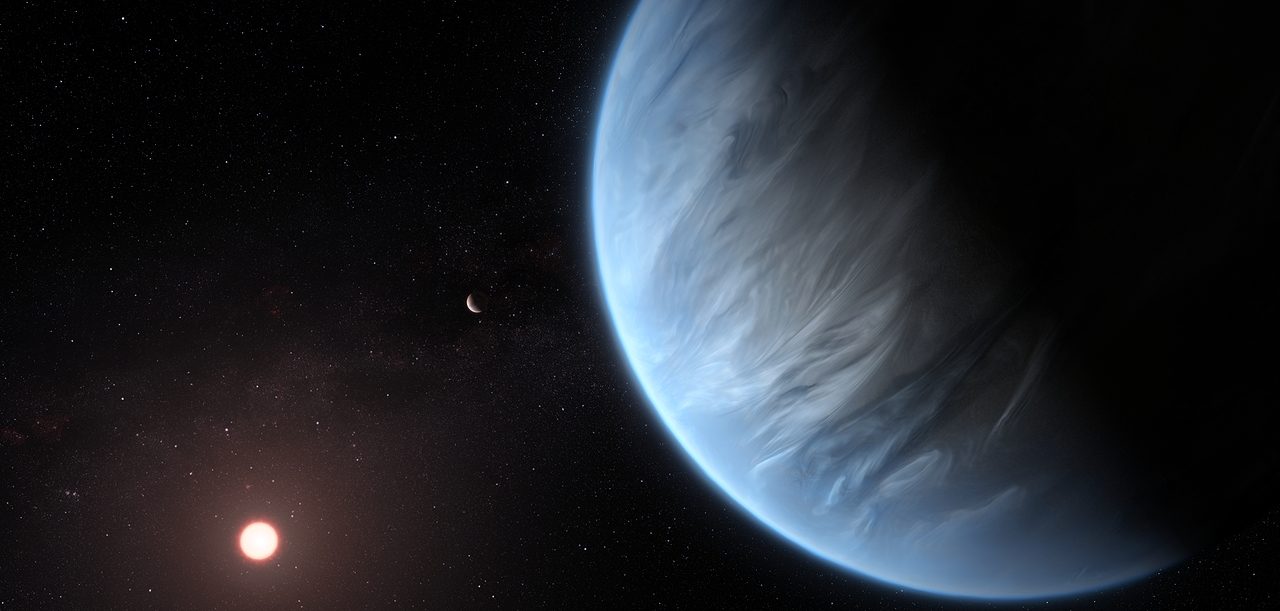Oxygen is essential for life on Earth. Experiments by researchers from the VU University Amsterdam and the Centre for High Pressure Science and Technology Advanced Research (HPSTAR) in China now show that oxygen is also essential for melting rocks. The more oxygen you add to a rock, the easier it is to make magma.
The results of the research were published on 1 November in the journal Proceedings of the National Academy of Sciences (PNAS). These new insights may lead to a new interpretation of the role of oxygen in the interior of planets and the role of oxygen in causing volcanic eruptions.
Large differences in oxygen content
On Earth, there is a huge difference in the oxygen content between the atmosphere and the centre of the Earth: the atmosphere is rich in oxygen, the Earth’s core is poor in it. In the rocks between the atmosphere and the core, the content varies. According to many earth scientists, the importance of the different oxygen contents is not so great. Differences are mainly associated with the effect of oxygen on the oxidation or reduction of iron (which is found in many rocks). If a stone contains a lot of oxygen, iron is oxidised (as you see in rust), if there is little oxygen, iron may be present as a metal (as in a steel beam).
The experiments done by Yanhao Lin (HPSTAR and recently Veni researcher at the VU), Wim van Westrenen (VU Earth Sciences and HPSTAR) and Dave Mao (HPSTAR) at the VU show a different effect of high oxygen levels. Stones rich in oxygen melt much more easily (at much lower temperatures, up to 100 degrees) than stones poor in oxygen. The experiments were done on synthetic rocks that do not contain any iron atoms, so this effect is not caused by iron oxidation, but by the oxygen atoms themselves.

Volcanism
The study makes it clear that current models of volcanism on Earth, such as that seen in recent months on La Palma, are incomplete. The effects of oxygen levels on the melting behaviour of terrestrial rocks are currently unknown. Follow-up research by the team of researchers currently underway suggests that Earth rocks also melt much more easily when oxygen is present. This could mean that not only the temperature of a rock determines whether it produces magma, but that oxygen content could be a very important parameter. Oxygen can therefore bring rocks to life.
Exoplanets
These results also shed new light on the evolution of exoplanets (planets orbiting stars other than our own sun). The experiments show that exoplanets with a lot of oxygen will have a small metal core (because little iron is reduced) and can be covered with a deep ocean of magma (because rocks melt easily).
By degassing the large amounts of magma, their atmosphere will consist of large amounts of oxygen-rich gases such as CO2 and water vapour. Exoplanets with little oxygen have a large metal core and only a small part will melt. Little degassing takes place and their thin atmospheres will consist mainly of small amounts of oxygen-poor gases such as CH4 (methane).
Planned space missions such as the launch of the James Webb telescope in December this year will discover many new exoplanets in the coming period and will also be able to analyse their atmospheres. This data can tell us more about the planets that are located beneath the atmosphere.



